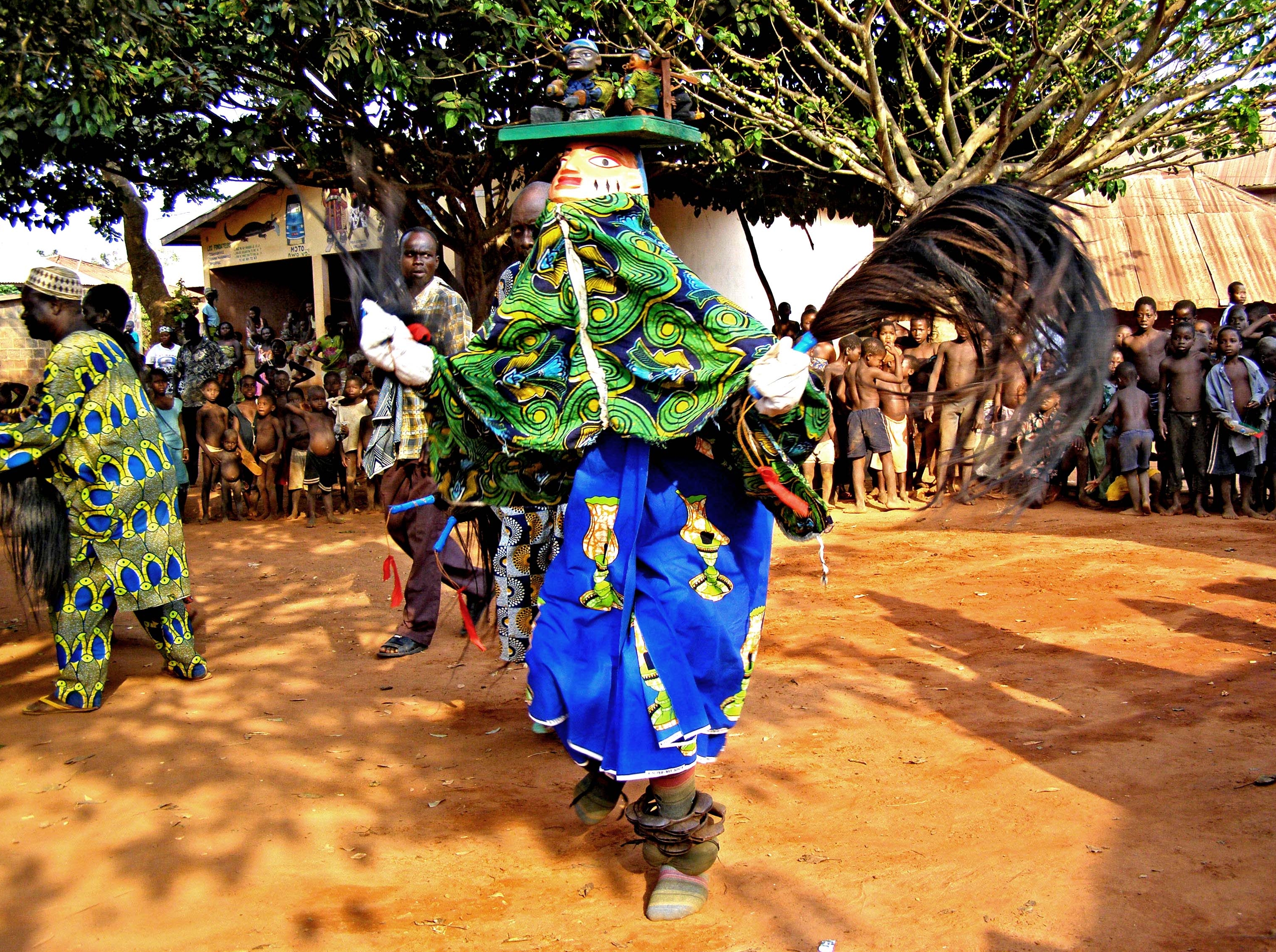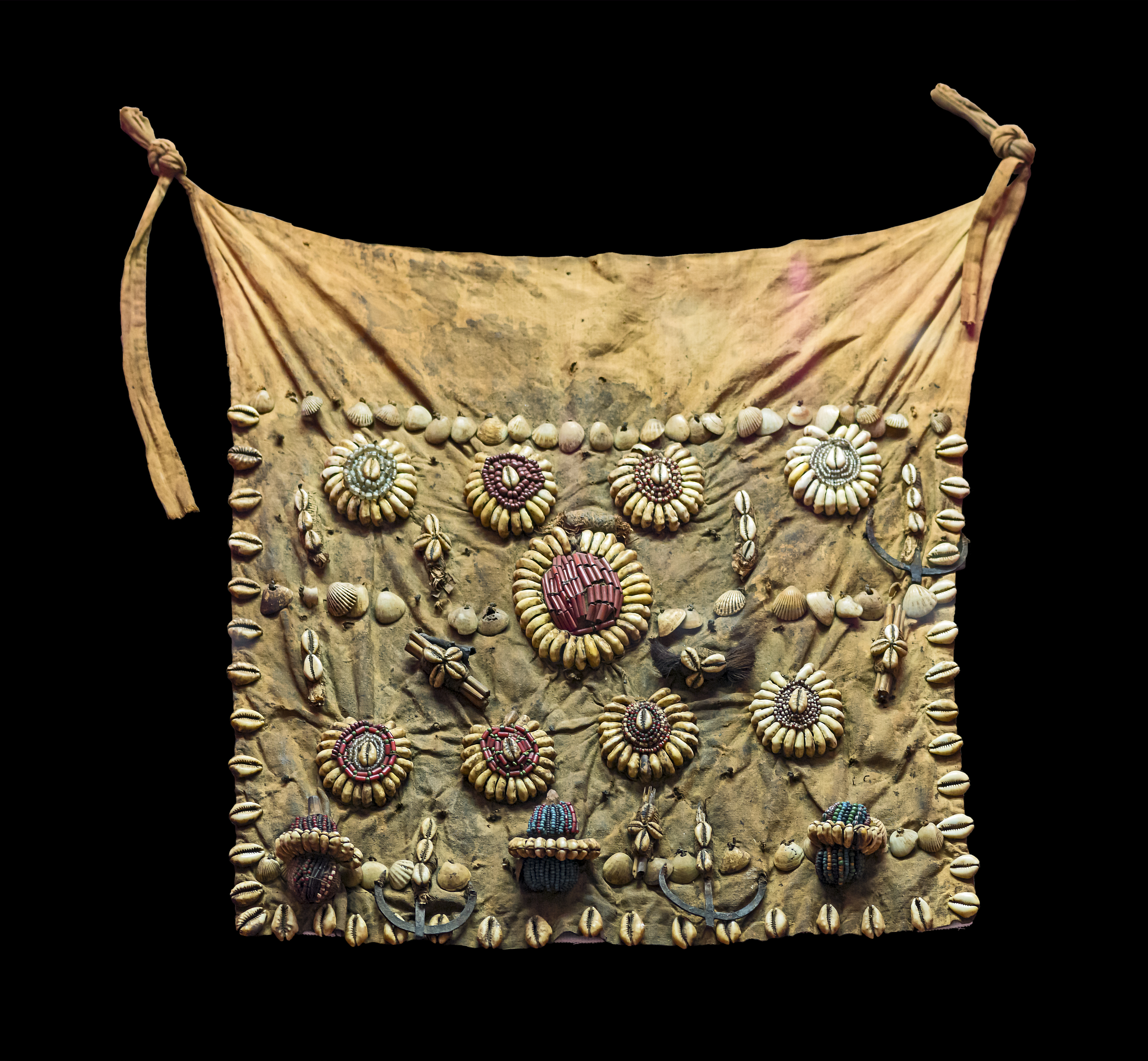|
Cové
Cové is a city in the Zou Department of Benin. The commune covers an area of 525 square kilometres and as of 2012 had a population of 43,554 people. Geography Cové is located 40 kilometres from Abomey and 159 kilometres from Cotonou. The commune covers an area of 525 square kilometres and the Zou Ouémé river passes through it. It is bounded to the north by Dassa-Zoumé, east by Zagnanado, south by Zogbodomey, and west by Djidja and Za-Kpota. It is linked to the capital by a paved road. Cové became a sub-prefecture in 1991. Administrative divisions Cové is subdivided into 7 arrondissements; Adogbé, Gounli, Houin, Lainta, Naogon, Soli and Zogba. They contain 36 ''quartiers''. Economy The main ethnic groups are the Mahi, the Fon, Yoruba, Dendi and Bariba. The occupations of the inhabitants are agriculture, fishing and hunting (42%), trade and catering (30%), transport and communication (6%) crafts (11%) etc. 53 600,00 hectares of land are d ... [...More Info...] [...Related Items...] OR: [Wikipedia] [Google] [Baidu] |
Cové2
Cové is a city in the Zou Department of Benin. The commune covers an area of 525 square kilometres and as of 2012 had a population of 43,554 people. Geography Cové is located 40 kilometres from Abomey and 159 kilometres from Cotonou. The commune covers an area of 525 square kilometres and the Zou Ouémé river passes through it. It is bounded to the north by Dassa-Zoumé, east by Zagnanado, south by Zogbodomey, and west by Djidja and Za-Kpota. It is linked to the capital by a paved road. Cové became a sub-prefecture in 1991. Administrative divisions Cové is subdivided into 7 arrondissements; Adogbé, Gounli, Houin, Lainta, Naogon, Soli and Zogba. They contain 36 ''quartiers''. Economy The main ethnic groups are the Mahi, the Fon, Yoruba, Dendi and Bariba. The occupations of the inhabitants are agriculture, fishing and hunting (42%), trade and catering (30%), transport and communication (6%) crafts (11%) etc. 53 600,00 hectares of land are d ... [...More Info...] [...Related Items...] OR: [Wikipedia] [Google] [Baidu] |
Zou Department
Zou is one of the twelve departments of Benin, named for the Zou River which travels through the department before emptying into the Atlantic in the south of the country. The department of Zou was split in two in 1999, with the northern territory transferred to the newly created Collines Department. The capital of Zou is Abomey. Zou is subdivided into nine communes, each centred at one of the principal towns: Abomey, Agbangnizoun, Bohicon, Cové, Djidja, Ouinhi, Za-Kpota, Zangnanado and Zogbodomey. , the total population of the department was 851,580, with 407,030 males and 444,550 females. The proportion of women was 52.20%. The total rural population was 67.00%, while the urban population was 33.00%. The total labour force in the department was 275,249, of which 50.10% were women. The proportion of households with no level of education was 60.70% and the proportion of households with children attending school was 72.90%. Geography Zou Department borders Collines Department to ... [...More Info...] [...Related Items...] OR: [Wikipedia] [Google] [Baidu] |
Naogon
Naogon is an arrondissement in the Zou department of Benin. It is an administrative division under the jurisdiction of the commune of Cové. According to the population census conducted by the Institut National de la Statistique Benin An institute is an organisational body created for a certain purpose. They are often research organisations ( research institutes) created to do research on specific topics, or can also be a professional body. In some countries, institutes can ... on February 15, 2002, the arrondissement had a total population of 6,434. accessed b Geohive accessed 4 June 2012 References http://www.arrondissementdenaogon.com[...More Info...] [...Related Items...] OR: [Wikipedia] [Google] [Baidu] |
Soli, Benin
Soli, Benin is an arrondissement in the Zou department of Benin. It is an administrative division under the jurisdiction of the commune of Cové. According to the population census conducted by the Institut National de la Statistique Benin An institute is an organisational body created for a certain purpose. They are often research organisations ( research institutes) created to do research on specific topics, or can also be a professional body. In some countries, institutes can ... on February 15, 2002, the arrondissement had a total population of 1,746. accessed b Geohive accessed 4 June 2012 References [...More Info...] [...Related Items...] OR: [Wikipedia] [Google] [Baidu] |
Zogba
Zogba is an arrondissement in the Zou department of Benin. It is an administrative division under the jurisdiction of the commune of Cové. According to the population census conducted by the Institut National de la Statistique Benin An institute is an organisational body created for a certain purpose. They are often research organisations ( research institutes) created to do research on specific topics, or can also be a professional body. In some countries, institutes can ... on February 15, 2002, the arrondissement had a total population of 4,194. , accessed b Geohive accessed 4 June 2012 References [...More Info...] [...Related Items...] OR: [Wikipedia] [Google] [Baidu] |
Gounli
Gounli is an arrondissement in the Zou department of Benin. It is an administrative division under the jurisdiction of the commune of Cové. According to the population census conducted by the Institut National de la Statistique Benin An institute is an organisational body created for a certain purpose. They are often research organisations ( research institutes) created to do research on specific topics, or can also be a professional body. In some countries, institutes can ... on February 15, 2002, the arrondissement had a total population of 4,334. accessed b Geohive accessed 4 June 2012 References [...More Info...] [...Related Items...] OR: [Wikipedia] [Google] [Baidu] |
Adogbé
Adogbé is an arrondissement in the Zou department of Benin. It is an administrative division under the jurisdiction of the commune of Cové. According to the population census conducted by the Institut National de la Statistique Benin An institute is an organisational body created for a certain purpose. They are often research organisations ( research institutes) created to do research on specific topics, or can also be a professional body. In some countries, institutes can ... on February 15, 2002, the arrondissement had a total population of 4,772. accessed b Geohive , accessed 4 June 2012 References [...More Info...] [...Related Items...] OR: [Wikipedia] [Google] [Baidu] |
List Of Cities In Benin
The following is a list of cities in Benin according to the 2013 census: List Largest cities # Cotonou - 679,012 #Porto-Novo - 264,320 #Parakou - 255,478 #Abomey - 117,824 #Djougou - 94,773 #Bohicon - 93,744 # Kandi - 56,043 #Natitingou - 53,284 #Ouidah - 47,616 #Lokossa - 47,246 Alphabetical list *Abomey *Abomey-Calavi *Athiémè *Banikoara *Bassila * Bembèrèkè *Bétérou *Bohicon * Bori * Boukoumbé *Comè * Cotonou *Cové *Dassa-Zoumé *Djougou *Dogbo-Tota *Founougo *Ganvie *Godomey *Grand-Popo *Guénè * Kandi * Kérou * Kétou *Kouandé *Lokossa *Malanville *Natitingou * Ndali *Nikki *Ouidah *Parakou * Péhonko * Pobè * Porga *Sakété * Sam *Savalou * Savé *Ségbana *Tanguiéta *Tchaourou *Toura References External links {{Africa in topic, List of cities in Benin, List of cities in Benin Cities A city is a human settlement of notable size.Goodall, B. (1987) ''The Penguin Dictionary of Human Geography''. London: Penguin.Kuper, A. and Kuper, J., e ... [...More Info...] [...Related Items...] OR: [Wikipedia] [Google] [Baidu] |
Mahi People
The Mahi are a people of Benin. They live north of Abomey, from the Togo border on the west to the Zou River on the east, and south to Cové between the Zou and Ouemé rivers, north of the Dassa hills. The Mahi established their own kingdom before 1800 years ago, and were a target of the Slave trade before French colonization at the end of the 19th century. See also * Rulers of the Mahi state of Fitta * Rulers of the Mahi state of Savalu This is a list of rulers of the Mahi state of Savalu, located in present-day Benin. Rulers of the Mahi state of Savalu See also *Benin **Mahi states **Mahi people The Mahi are a people of Benin. They live north of Abomey, from the Togo bord ... Sources * * * * * * * Ethnic groups in Benin {{Africa-ethno-group-stub ... [...More Info...] [...Related Items...] OR: [Wikipedia] [Google] [Baidu] |
Communes Of Benin
The departments of Benin are subdivided into 77 communes, which in turn are divided into arrondissements and finally into villages or city districts. Prior to 1999 provinces were broken down into 84 districts, titled either urban or rural. Before independence, the six provinces were subdivided into Cercles, cantons, préfectures and villages or towns.statoids The communes are listed below, by department: __TOC__ Alibori #Banikoara #Gogounou # Kandi # Karimama #Malanville # Segbana Atakora # Boukoumbé # Cobly # Kérou #Kouandé #Matéri #Natitingou # Pehonko #Tanguiéta #Toucountouna Atlantique #Abomey-Calavi #Allada # Kpomassè #Ouidah # Sô-Ava #Toffo #Tori-Bossito # Zè Borgou # Bembèrèkè # Kalalé #N'Dali #Nikki #Parakou #Pèrèrè #Sinendé #Tchaourou Collines # Bantè # Dassa-Zoumè # Glazoué #Ouèssè #Savalou # Savé Donga #Bassila #Copargo #Djougou Rural # Djougou Urban #Ouaké Kouffo #Aplahoué Aplahoué is a town and arrondis ... [...More Info...] [...Related Items...] OR: [Wikipedia] [Google] [Baidu] |
Yoruba People
The Yoruba people (, , ) are a West African ethnic group that mainly inhabit parts of Nigeria, Benin, and Togo. The areas of these countries primarily inhabited by Yoruba are often collectively referred to as Yorubaland. The Yoruba constitute more than 42 million people in Africa, are a few hundred thousand outside the continent, and bear further representation among members of the African diaspora. The vast majority of the Yoruba population is today within the country of Nigeria, where they make up 21% of the country's population according to CIA estimations, making them one of the largest List of ethnic groups of Africa, ethnic groups in Africa. Most Yoruba people speak the Yoruba language, which is the Niger–Congo languages, Niger-Congo language with the largest number of native or L1 speakers. In Africa, the Yoruba are contiguous with the Yoruboid languages, Yoruboid Itsekiri to the south-east in the northwest Niger Delta, Bariba people, Bariba to the northwest in Benin a ... [...More Info...] [...Related Items...] OR: [Wikipedia] [Google] [Baidu] |
Fon People
The Fon people, also called Fon nu, Agadja or Dahomey, are a Gbe ethnic group.Fon people Encyclopædia Britannica, undated, 1.7 million population, Retrieved June 29, 2019 They are the largest ethnic group in found particularly in its south region; they are also found in southwest and . Their total population is estimated to be about 3,500,000 people, and they speak the |




